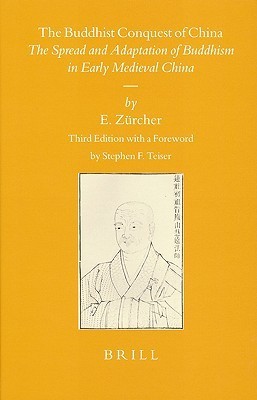

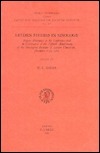
Books in series

The Buddhist Conquest of China
1973

Chinese Vernacular Fiction
The Formative Period
1974

Leyden Studies in Sinology
Papers Presented at the Conference Held in Celebration of the Fiftieth Anniversary of the Sinological Institute of Leyden University, December 8-12, 1980
1981
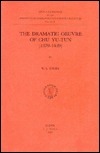
The Dramatic Ceuvre of Chu Yu-Tun 1379-1439
1985
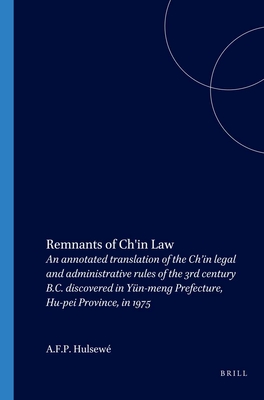
Remnants of Ch'in Law
An Annotated Translation of the Ch'in Legal and Administrative Rules of the 3rd Century B.C. Discovered in Yun-Meng Prefecture, Hu-Pei Province, in
1985
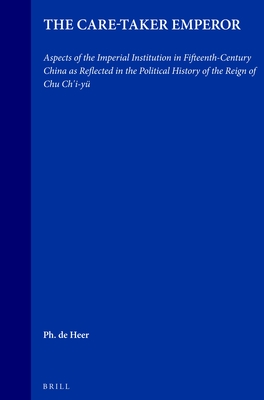
The Care-Taker Emperor
Aspects of the Imperial Institution in Fifteenth-Century China as Reflected in the Political History of the Reign of Chu Chi'i-Yü
1986
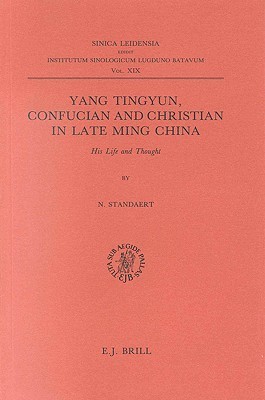
Yang Tingyun, Confucian and Christian in Late Ming China
His Life and Thought
1987
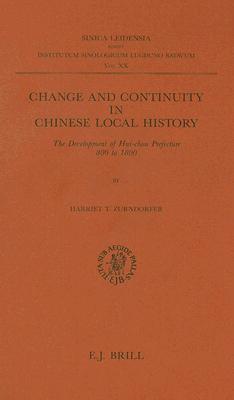
Change and Continuity in Chinese Local History
The Development of Hui-Chou Prefecture 800 to 1800
1990
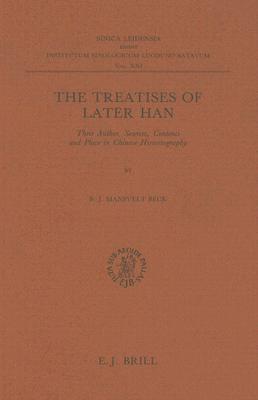
The Treatises of Later Han
Their Author, Sources, Contents and Place in Chinese Historiography
1990
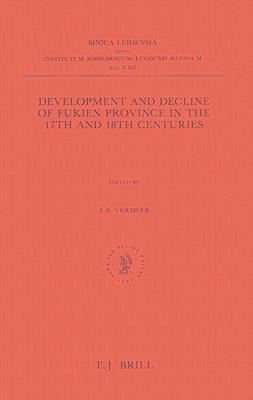
Development and Decline of Fukien Province in the 17th and 18th Centuries
1990
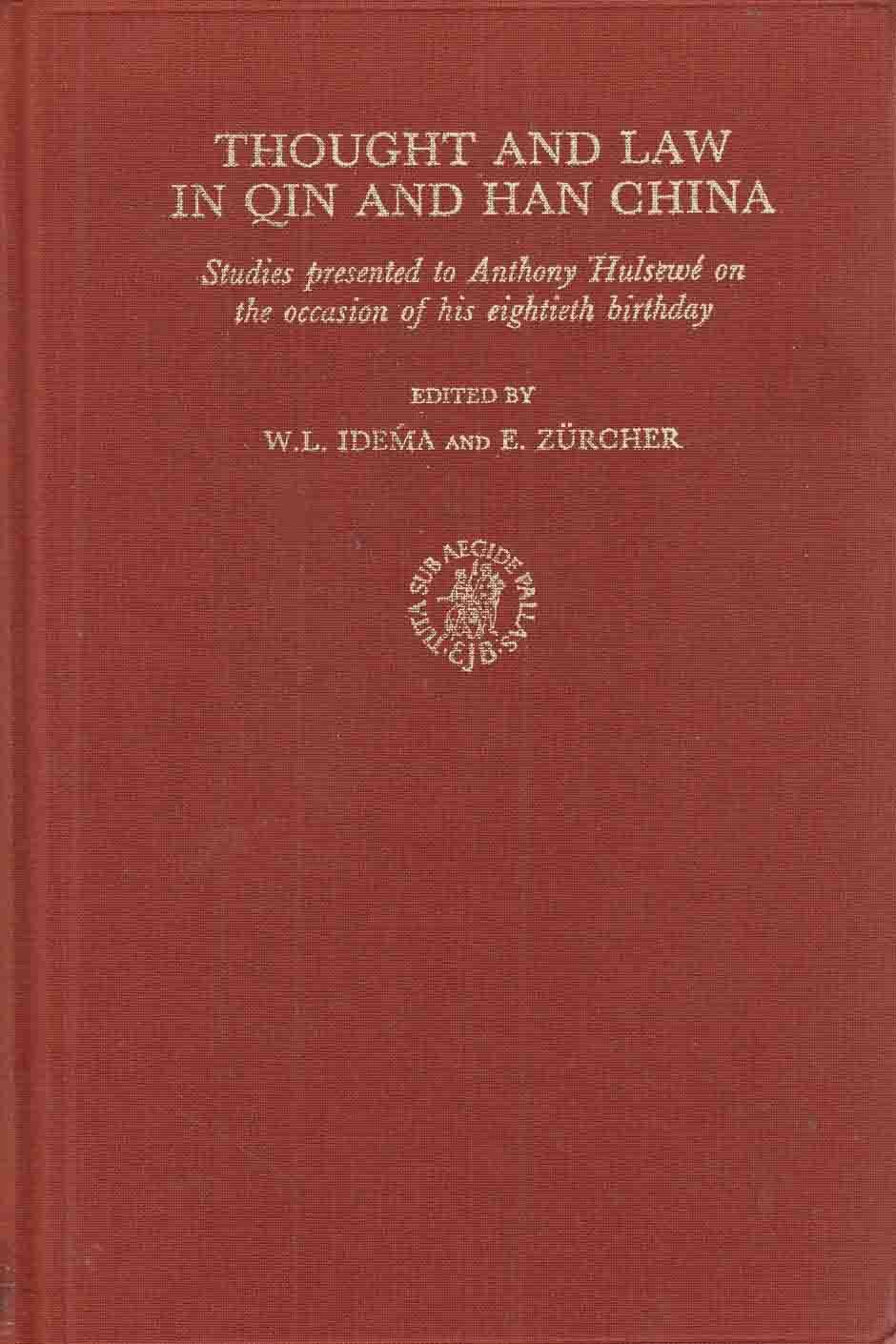
Thought and law in Qin and Han China
Studies dedicated to Anthony Hulsewé on the occasion of his eightieth birthday
1990
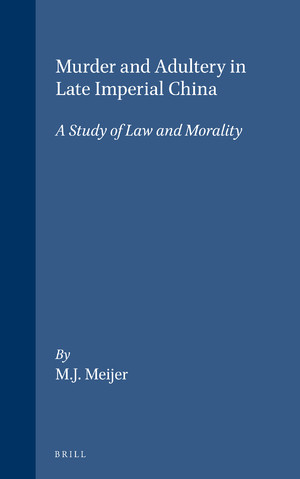
Murder and Adultery in Late Imperial China
A Study of Law and Morality
1991
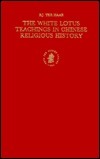
The White Lotus Teachings in Chinese Religions History
1997
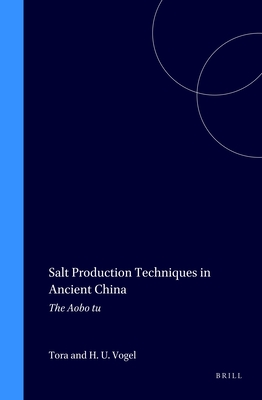
Salt Production Techniques in Ancient China
The Aobo Tu
1992

Norms and the State in China
1993

Conflict and Accommodation in Early Modern East Asia
Essays in Honour of Erik Zürcher
1993
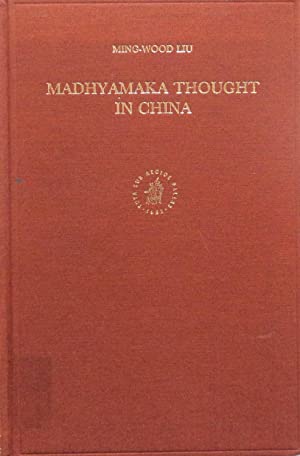
Madhyamaka Thought in China
1994

Clause Combination in Chinese
1994
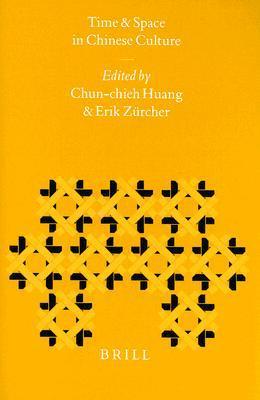
Time and Space in Chinese Culture
1997
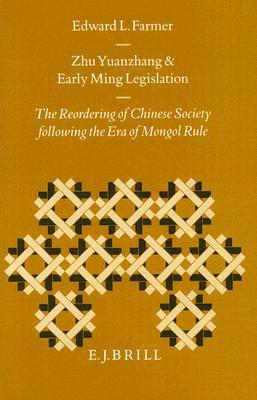
Zhu Yuanzhang and Early Ming Legislation
The Reordering of Chinese Society Following the Era of Mongol Rule
1995
K'ung-ts'ung-tzu
A Study and Translation of Chapters 15-23 with a Reconstruction of the “Hsiao Erh-ya” Dictionary
1995
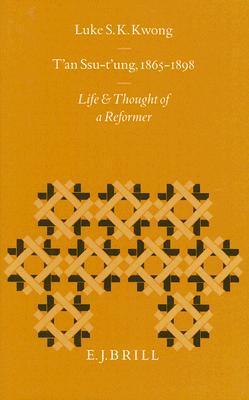
T'an Ssu-t'ung, 1865-1898
Life and Thought of a Reformer
1996
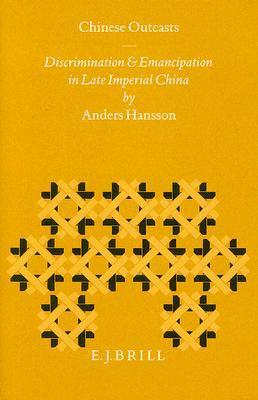
Chinese Outcasts
Discrimination and Emancipation in Late Imperial China
1996
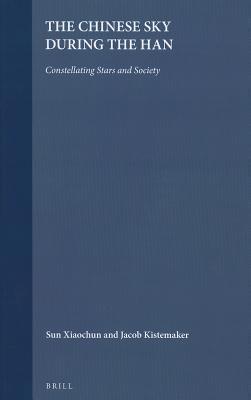
The Chinese Sky During the Han
Constellating Stars and Society
1997
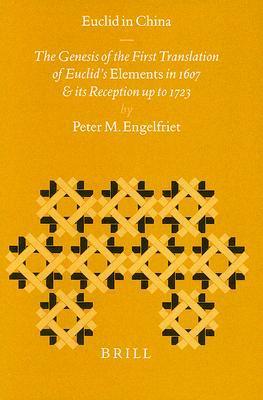
Euclid in China
The Genesis of the First Chinese Translation of Euclid's Elements, Books I-VI (Jihe Yuanben, Beijing, 1607) and Its Reception Up to 1723
1998
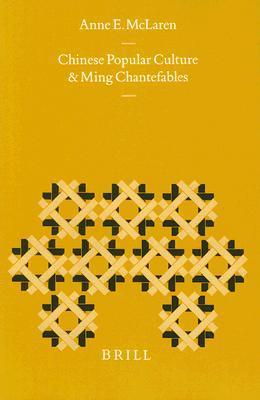
Chinese Popular Culture and Ming Chantefables
1998
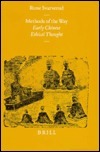
Methods of the Way
Early Chinese Ethical Thought
1998
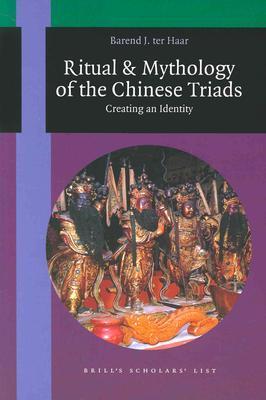
The Ritual and Mythology of the Chinese Triads
Creating an Identity
1998
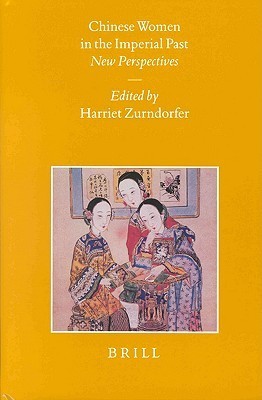
Chinese Women in the Imperial Past
New Perspectives
1999
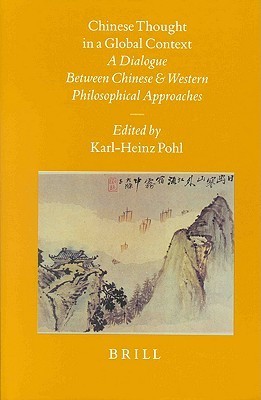
Chinese Thought in a Global Context
A Dialogue Between Chinese and Western Philosophical Approaches
1999
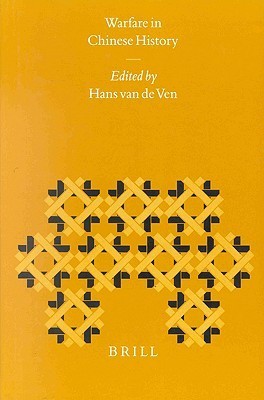
Warfare in Chinese History
2000
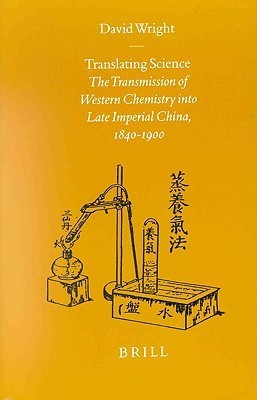
Translating Science
The Transmission of Western Chemistry Into Late Imperial China, 1840-1900
2000
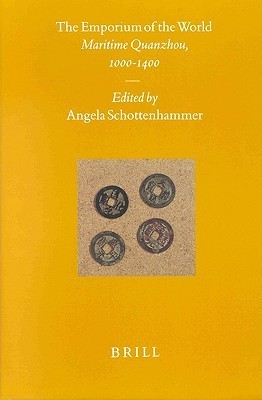
The Emporium Of The World
Maritime Quanzhou, 1000-1400
2000
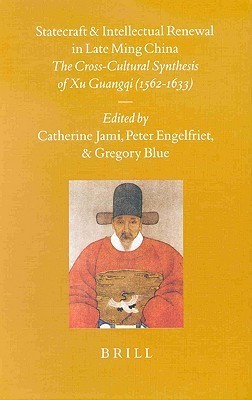
Statecraft and Intellectual Renewal in Late Ming China
The Cross-Cultural Synthesis of Xu Guangqi
2001
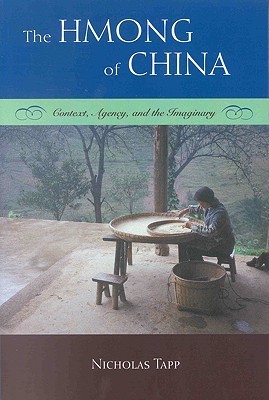
The Hmong of China
Context, Agency, and the Imaginary
2002
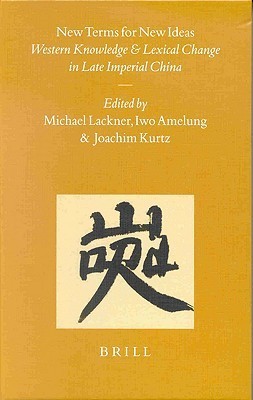
New Terms for New Ideas
Western Knowledge and Lexical Change in Late Imperial China
2001
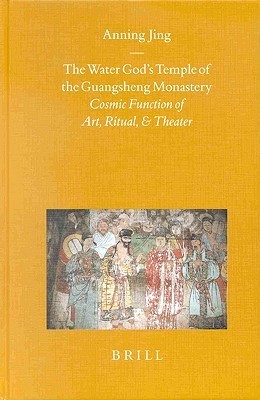
The Water God's Temple of the Guangsheng Monastery
Cosmic Function of Art, Ritual, and Theater
2001

Zhou Mi’s Record of Clouds and Mist Passing Before One’s Eyes
An Annotated Translation
2002
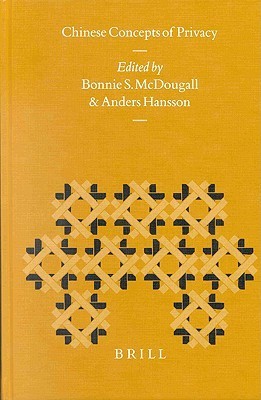
Chinese Concepts Of Privacy
2002
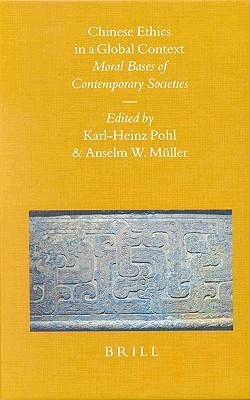
Chinese Ethics in a Global Context
Moral Bases of Contemporary Societies
2002

Sexual Life in Ancient China
A Preliminary Survey of Chinese Sex and Society from ca. 1500 B.C. till 1644 A.D.
1974
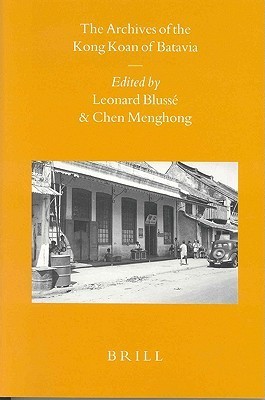
The Archives of the Kong Koan of Batavia
2003
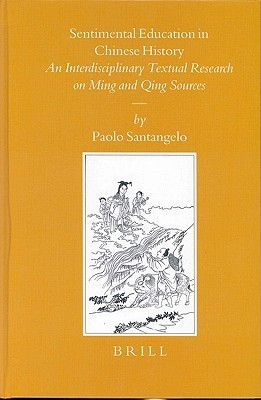
Sentimental Education in Chinese History
An Interdisciplinary Textual Research on Ming and Qing Sources
2003
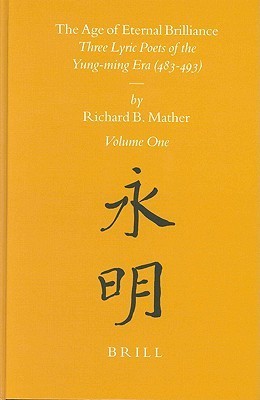
The Age of Eternal Brilliance (2 vols)
Three Lyric Poets of the Yung-ming Era (483-493) Vol. I and II
2003
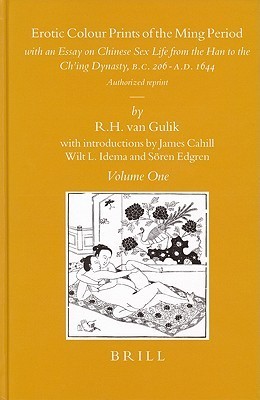
Erotic Colour Prints of the Ming Period (2 Vols)
With an Essay on Chinese Sex Life from the Han to the Ch'ing Dynasty, B.C. 206-A.D. 1644. Authorized ... Leidensia)
1989
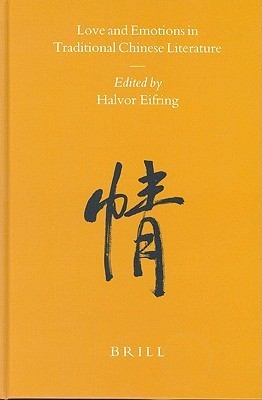
Love and Emotions in Traditional Chinese Literature
2003
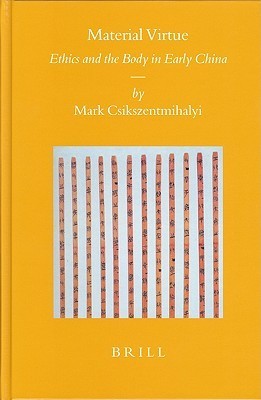
Material Virtue
Ethics And The Body In Early China
2004

Inventing Hui-neng, the Sixth Patriarch
Hagiography And Biography in Early Ch'an
2005
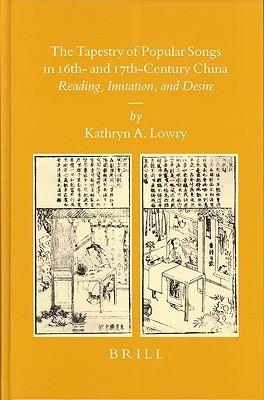
The Tapestry of Popular Songs in 16th- and 17th-Century China
Reading, Imitation, and Desire
2005
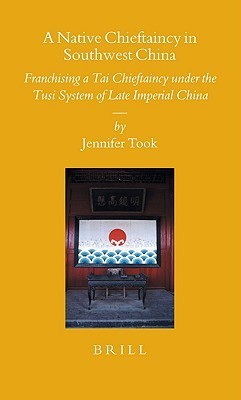
A Native Chieftaincy in Southwest China
Franchising a Tai Chieftaincy under the Tusi System of Late Imperial China
2005
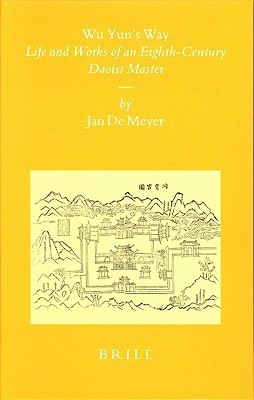
Wu Yun's Way
Life and Works of an Eighth-Century Daoist Master
2006

The Poetry of He Zhu (1052-1152)
Genres, Contexts, and Creativity
2007
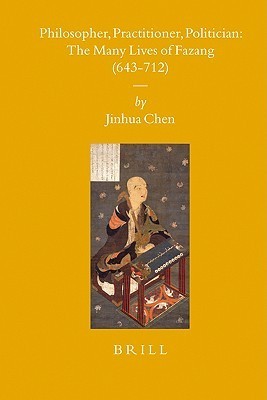
Philosopher, Practitioner, Politician
The Many Lives of Fazang 643-712
2007
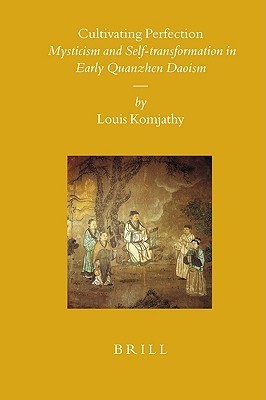
Cultivating Perfection
Mysticism and Self-transformation in Early Quanzhen Daoism
2007
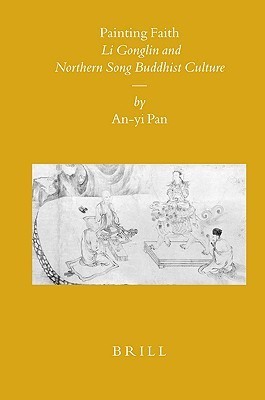
Painting Faith
Li Gonglin and Northern Song Buddhist Culture
2007
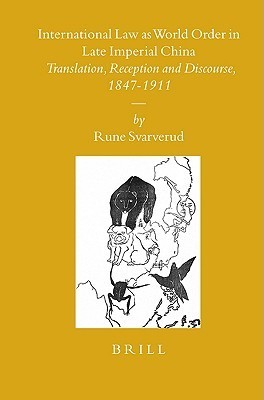
International Law As World Order in Late Imperial China
Translation, Reception and Discourse, 1847-1911
2007
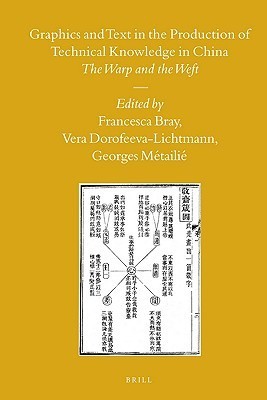
Graphics and Text in the Production of Technical Knowledge in China
The Warp and the Weft
2007
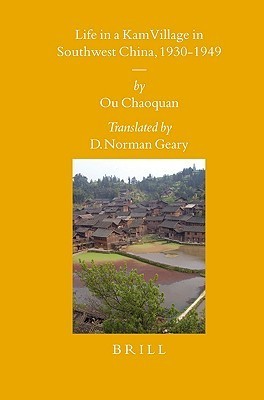
Life in a Kam Village in Southwest China, 1930-1949
2007
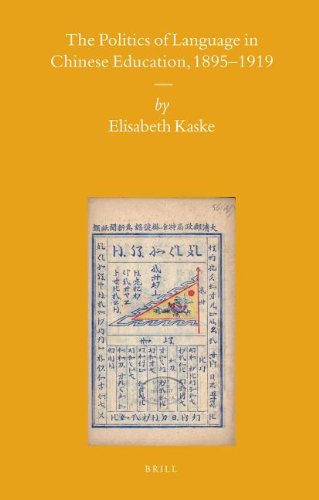
The Politics of Language in Chinese Education, 1895-1919
2007
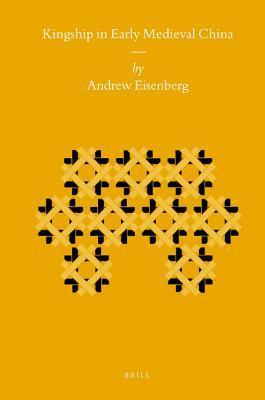
Kingship in Early Medieval China
2008
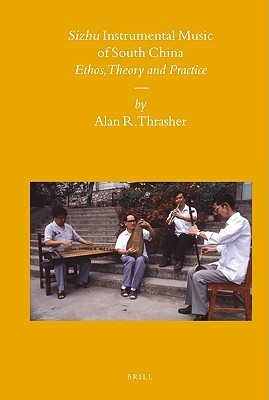
Sizhu Instrumental Music of South China
Ethos, Theory and Practice
2008

Chinese Poetry in Times of Mind, Mayhem and Money
2008
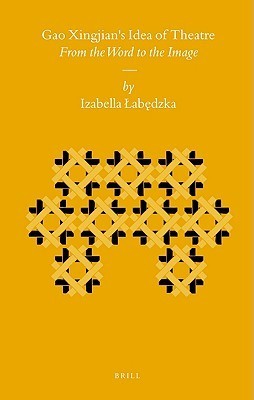
Gao Xingjian's Idea of Theatre
From the Word to the Image
2008
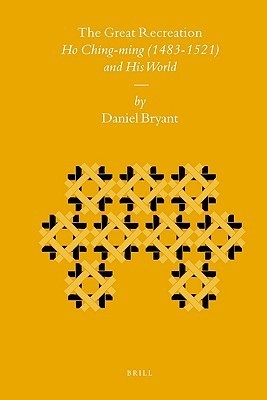
The Great Recreation
Ho Ching-ming (1483-1521) and His World
2008
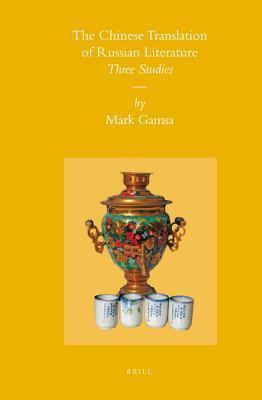
The Chinese Translation of Russian Literature
Three Studies
2008
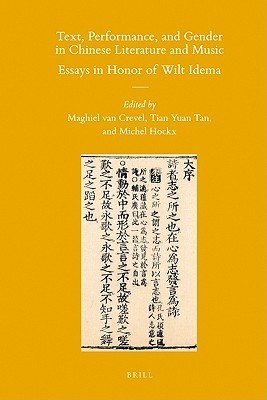
Text, Performance and Gender in Chinese Literature and Music
Essays in Honor of Wilt Idema
2009
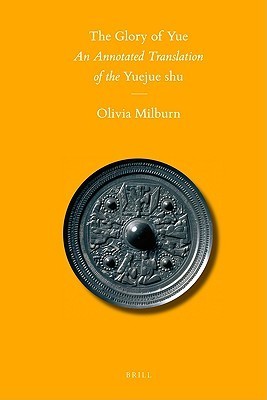
The Glory of Yue
An Annotated Translation of the Yuejue Shi
2010
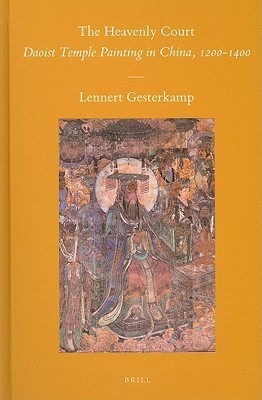
The Heavenly Court
Daoist Temple Painting in China, 1200-1400 (Sinica Leidensia)
2011
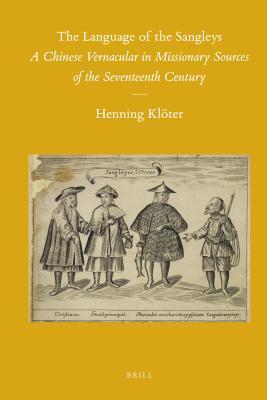
The Language of the Sangleys
A Chinese Vernacular in Missionary Sources of the Seventeenth Century
2010
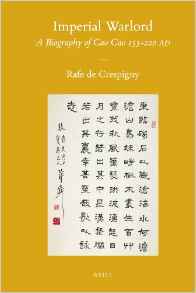
Imperial Warlord
A Biography of Cao Cao 155-220 AD
2010
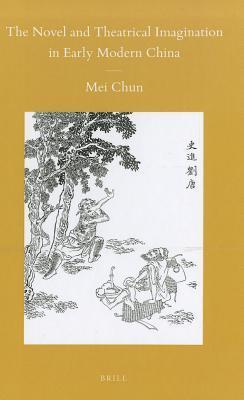
The Novel and Theatrical Imagination in Early Modern China
2011

Chinese Poetic Modernisms
2019
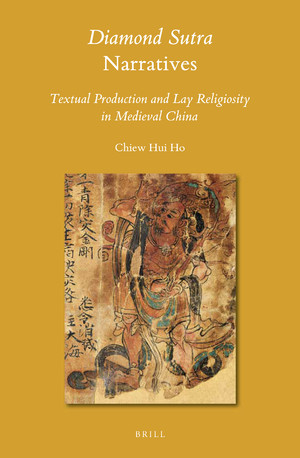
Diamond Sutra Narratives
Textual Production and Lay Religiosity in Medieval China
2019
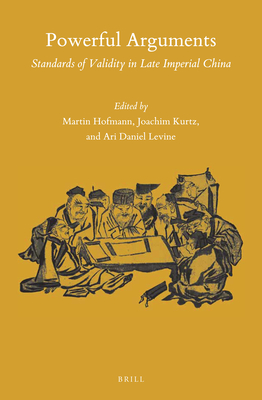
Powerful Arguments
Standards of Validity in Late Imperial China
2020
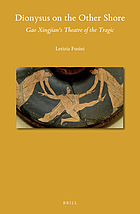
Dionysus on the Other Shore
Gao Xingjian's Theatre of the Tragic
2020
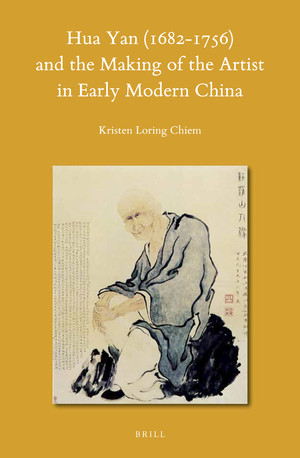
Hua Yan (1682-1756) and the Making of the Artist in Early Modern China
2020
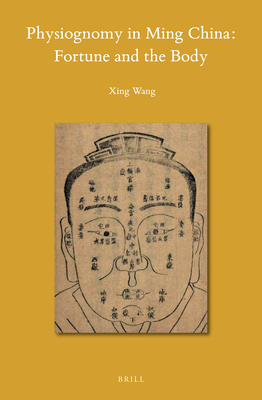
Physiognomy in Ming China
Fortune and the Body
2020
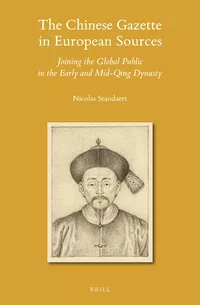
The Chinese Gazette in European Sources
Joining the Global Public in the Early and Mid-Qing Dynasty
2022
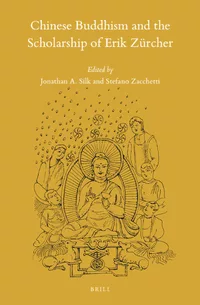
Chinese Buddhism and the Scholarship of Erik Zürcher
2022
Authors
A sinologist who focused on the religions of China. His son, Erik-Jan Zurcher is a Turkologist.

Librarian Note: There is more than one author in the Goodreads database with this name. This profile may contain books from multiple authors of this name.

